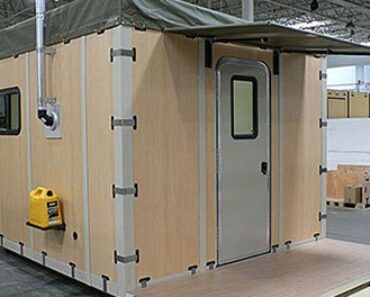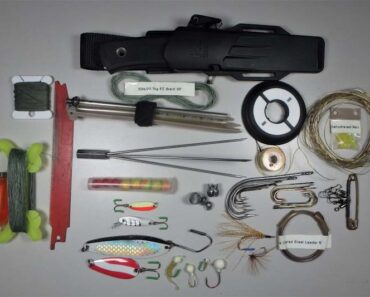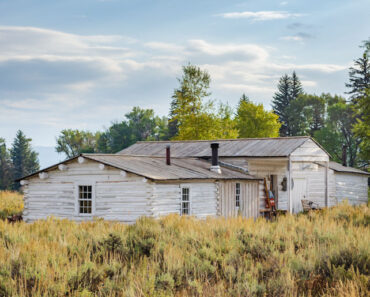How many modes of transportation do you use on any given day? Maybe you drive to the office or take public transit? What about biking on the weekends or walking to the corner store when you want a snack? If your destination lies farther away, you’ve got the option to board a train or take to the skies in an airplane.
All of these modes of transportation are almost always available, so we often take them for granted. What happens if we find ourselves living through the apocalypse? Which types of vehicles will be reliable and which will disappear? Here are our choices for the most reliable forms of prepper transportation and some options you should probably avoid.
If the world ends, what sort of transportation options will you be able to rely on?
Diesel Vehicles
Thanks to movies like “Mad Max,” you may think a Mustang or other gas-powered vehicle would be the perfect choice for the apocalypse. In reality, diesel-powered vehicles will be your best choice. Diesel fuel will still expire over time, but it can last much longer than gasoline if it’s stored in a cool, dry area. There have even been anecdotal reports of diesel fuel lasting upwards of a decade, but putting fuel that old in your equipment increases your risk of ruining it.
Another benefit of diesel engines is that it is easy to convert them to run on biodiesel, which will be a necessity when gas pumps run dry and you’re left searching for another option. You can make your own biodiesel from organic waste or discarded cooking oil.
Electric Vehicles + Solar
Electric vehicles might not seem like the best choice for a prepper, but hear us out. These battery-powered cars are ideal for off-grid living, especially if you already have solar panels providing some or all of the power to your home. EVs might not have the range of a gas- or diesel-powered vehicle, but they’re quiet, they have very few moving parts and require little to no maintenance, and as long as you have time to sit still, you can even keep them powered on-the-go with portable solar panels.
EV technology is continuing to grow and evolve. In five years, cars and trucks that emerge from assembly lines likely won’t look much like they do today. Keep an eye on this technology to help you decide when to buy an EV for your prepper supplies.
Motorcycles
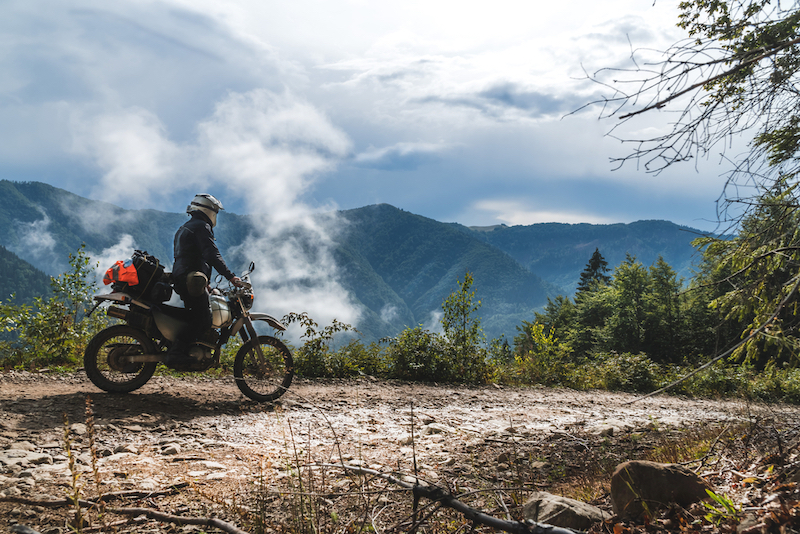
Motorcycles may be an even better option for preppers than cars or trucks for several reasons. They’re more agile, which can be a lifesaver when trying to avoid a pileup of abandoned vehicles on the interstate. They have a smaller tank but better fuel economy. The only major downside of motorcycles is that they do not help haul cargo, but that can easily be rectified with a trailer or sidecar.
There is one major caveat to using a motorcycle in an apocalypse situation: you need to look for a diesel or electric model. Most modern motorcycles run on gasoline. For a long time, the only diesel motorcycles were built for the military. You can find a few diesel models today, but they are often few and far between. Manufacturers like Harley Davidson have started releasing electric models. Still, you will need a solar setup or some other form of off-grid energy if you hope to keep using an electric motorcycle after the world ends.
READ MORE: Could You Survive on Just Foraged Foods?
Motor Boats
If you live near a waterway or plan to build your survival shelter near one, a boat is almost required for your prepper supplies. Unfortunately, other than electric cars, boats are among the most expensive transportation options unless you’re just hunting for a dinghy to get from one side of the lake to the other. A comfortable boat can cost you as much as a small house, so you need to handle your finances accordingly.
Again, like your cars or motorcycles, opt for a boat that runs on diesel or electricity. If you live on a river or along the coast, you can set up larger ships as a backup survival shelter or use them as your primary shelter. Sails are also an option for powering a boat, but you’ll need to make sure you learn how to sail first.
Canoes and Kayaks
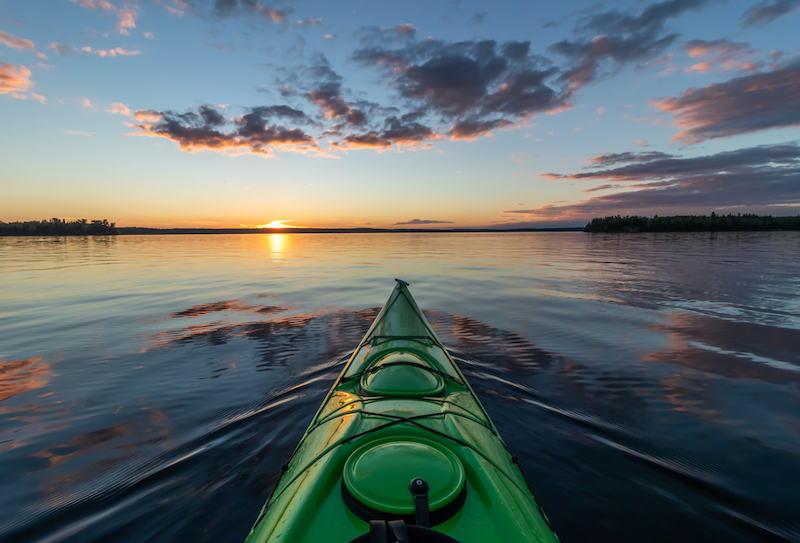
You don’t need a motor to get from point A to point B on a waterway. All you need is a paddle and some upper-body strength. If you need something to navigate a body of water but don’t want to break out of your motorboat, a canoe or kayak can be a fantastic option for one or two people. They’re quiet, lightweight, and easy to maneuver. You can even navigate shallow waterways that would otherwise be impassable with your motorboat.
If you’re worried about transportation or storage, opt for an inflatable kayak or paddleboard. They achieve the same goal without taking up a ton of space. The only problem with these inflatable options is that they are prone to leaks and tears.
Bicycles
While we’re talking about human-powered transportation options, we can’t neglect the bicycle. It won’t move you as fast as a car or motorcycle, but you can get where you need to go if you’ve got some leg strength and plenty of calorie-dense snacks.
If you’re going to include a bicycle in your prep supplies, make sure you also stock up on plenty of inner tubes and other related supplies to keep it maintained. You might be able to ride on a flat tire, but it takes so much extra energy that you might as well walk.
Horses

If you’re already planning an off-the-grid homestead-style survival shelter, you may already have horses or plans to get them. Horses bred for endurance can travel as far as 100 miles a day. Even if you don’t luck into one of these endurance breeds, the average horse can travel 35-50 miles a day.
Horses can also carry some cargo and can be trained to pull carts or other equipment. In a pinch, if you’re starving, you can also eat them. It sounds cruel, but we recommend choosing yourself if it’s between you and the horse in a survival situation.
On Foot
If none of these other options present themselves, you can always fall back on the old standard: your own two feet. A healthy person can walk between 20 and 30 miles a day, though that number can go up if you plan to run or jog for portions of the distance. If you’re hauling cargo or contending with an injury, it may also go down.
If you’re planning to travel on foot, invest in some good hiking boots or sneakers and make sure you pack extra socks. Keeping your feet warm and dry will go a long way toward preventing blisters and other problems while you travel.
There are plenty of options to get you from point A to point B. Here are a few you should avoid in an apocalypse scenario.
Gasoline Vehicles
A gas-powered vehicle will serve you well for a little while after the world ends, but eventually, the pumps will run dry, the gasoline will turn to jelly, and you’ll be left with an expensive paperweight. If you’re planning to store gasoline for any length of time, make sure you’re adding a stabilizer to it. Even then, it can only last for up to 24 months. Once those two years run out, your car is dead in the water.
Commercial Airlines
Depending on what caused the apocalypse, the concept of catching a commercial flight may be a thing of the past. If the SHTF scenario doesn’t take commercial airliners offline, such as a zombie apocalypse or a dangerous viral pandemic, cramming yourself into a steel tube at 35,000 feet doesn’t sound like the brightest idea.
Single-Person Aircraft
If the skies are still open, single-person aircraft might seem like a good option – as long as you learned how to fly them before the world ended. Don’t climb behind the yoke of an airplane and assume you know how to fly because you read a couple of manuals or used to be good at flight simulator games. The goal here is to survive the end of the world, not die doing something stupid.
Public Transportation
The same rule that applies to commercial airlines also applies to public transportation. Avoiding public transit is the best idea if you don’t want to be crammed in like a sardine with many people who may or may not want to kill you. This includes buses, subways, and any other public transportation available in your city.
We never know how the world might end. The point of being a prepper is to look at all the possible SHTF scenarios and figure out what we need to do to prepare for the worst. When considering transportation options, look at your location, what you’ll have available after the world ends, and how far you might need to travel. Taking the time to be ready for anything means nothing can surprise you when the world does end.




